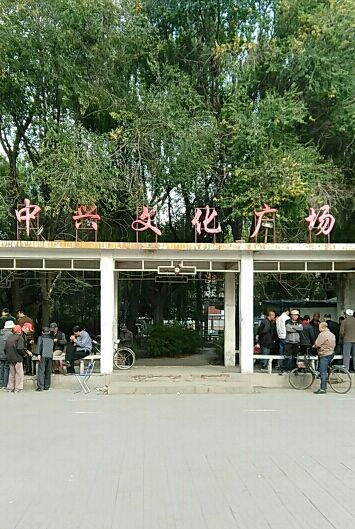Dalü Ancient Tibetan Village is also known as Pengcuo Luowulin Temple, which means the Complete Precious Treasures Continent of Dalü. It is also called Dingguo Temple. It was first built in 1477 AD by the eminent monk Quzhar Rangbo from Kham area. So far, it has a history of 543 years. It belongs to the auspicious Sakya sect of Tibetan Buddhism and is a subsidiary temple of Ruoergai Qiujisi Temple.
The temple covers an area of 4,502.55 square meters and has 12 monk houses. Currently, there are 23 monks, including 2 lamas and 21 zhabs.
Dalü Temple not only preserves the ancient architectural form, protects and spreads the profound Tibetan culture, but also inherits the ancient printing method.
The style of Dalü Temple is traditional Tibetan architecture. The whole temple is built on a half-slope. 40% of the building area is supported by aerial pillars, just like a castle in the air. The temple is built on a sloping terrain, taking advantage of the terrain, facing south with its back to the north.
The whole ancient building has two floors, arranged as a grand scripture hall and a small scripture hall. It houses hundreds of sets of documents on astronomy, geography, calendar calculation, medicine, history and art in the Tibetan area, one set of Kanjur and Tengyur scriptures respectively, and dozens of Thangka paintings of different sizes.
The opening hours are subject to the opening conditions on the day.


